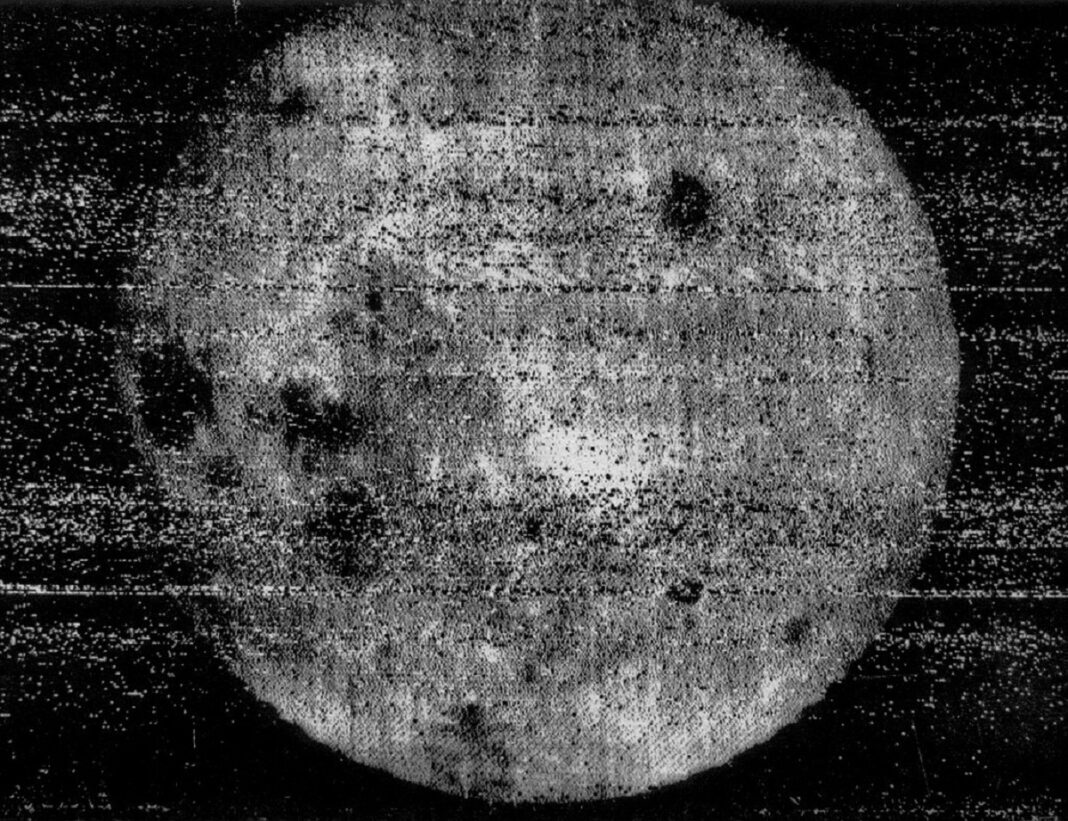On October 7, 1959, an important event in the history of mankind took place: the Soviet automatic interplanetary station “Luna-3” was for the first time able to take photographs of the lunar surface, which is not visible from Earth. As a result of deciphering the images, about 500 new details of the moon were discovered.
After launching from Baikonur on October 4, 1959, the Luna-3 spacecraft entered the highly elongated elliptical orbit of an artificial Earth satellite and circled the far side of the Moon from south to north. On October 7, sunlight reflected from the moon was recorded, after which a 40-minute photo session was launched.
The first image was taken at a point with “lunar” coordinates 17 ° 00 ′ N. 117 ° 00 ′ E at a distance of more than 60,000 km from the surface of the Earth satellite, the latter – from a distance of 66,700 km. A total of 29 photographs were taken, covering 70% of the reverse side. The photos were very noisy and low resolution, but many details could be recognized.
Luna-3 transmitted all the photos from the earth’s orbit. This happened on October 18, 1959. Just a few days later, on October 22, communication with the station was lost.
The flight of “Luna-3” was not easy
Gravity and the movement of a natural satellite of the Earth in its own orbit greatly complicated the task for Soviet scientists. In order for Luna-3 to be able to maintain its orientation in space for the period of time necessary for shooting, the apparatus had to be stabilized. The “Seagull” system was responsible for this, which included solar and lunar light sensors, gyroscopic angular rotation sensors, a calculator and orientation micromotors using compressed nitrogen as a working medium.
Luna-3 became the first spacecraft in the world to perform a gravity assist maneuver. To return to Earth, the trajectory of the interplanetary station was changed using the gravitational force of the moon.
Photo: First image of the far side of the moon. This and other footage showed that the invisible part of the moon is very different from the visible one – there are no so-called lunar seas, that is, vast areas that look like dark areas. Although there are still dark “dots” in the frames – these are craters. Source: nasa.gov









